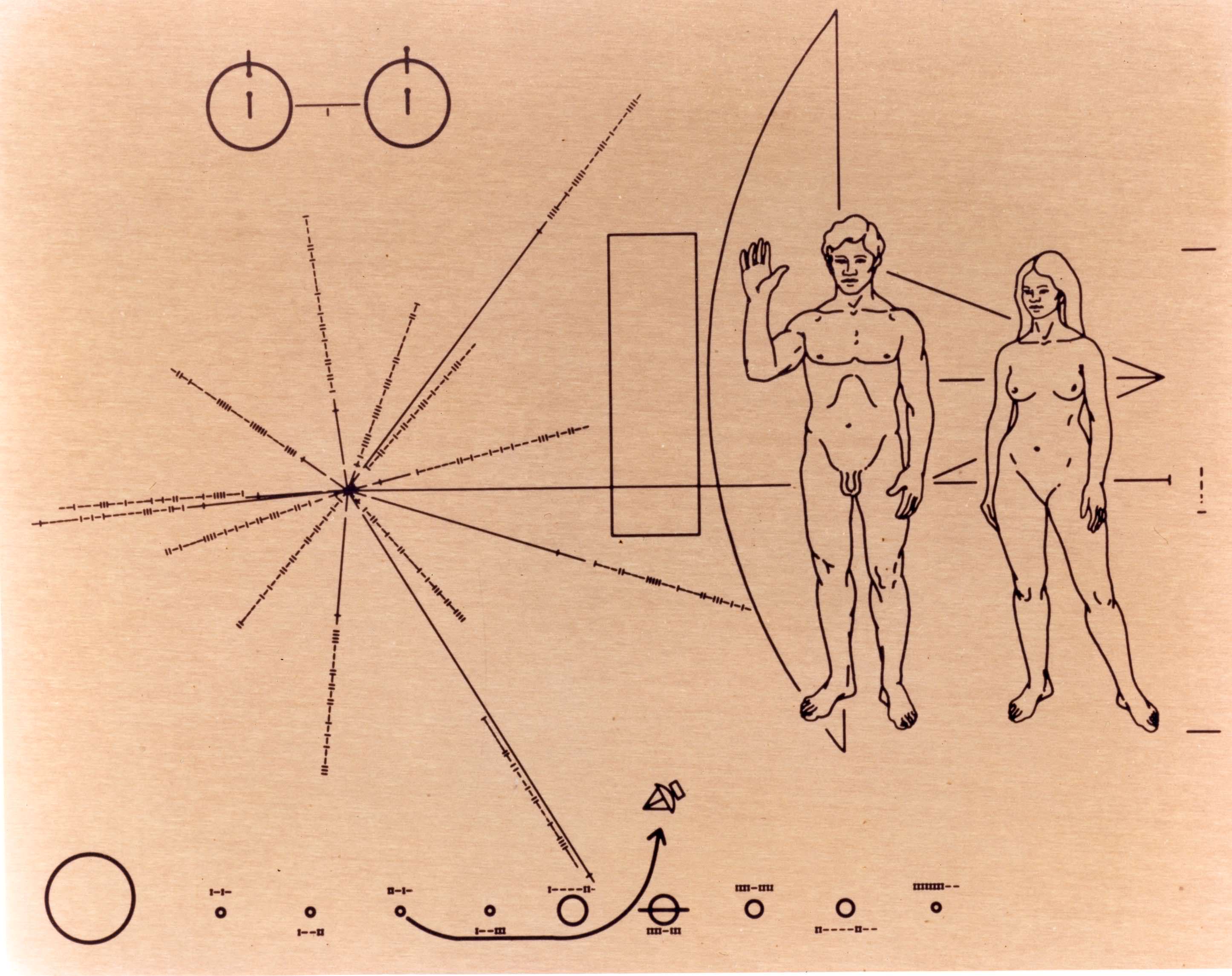Advertisement
Help Keep Boards Alive. Support us by going ad free today. See here: https://subscriptions.boards.ie/.
https://www.boards.ie/group/1878-subscribers-forum
Private Group for paid up members of Boards.ie. Join the club.
Private Group for paid up members of Boards.ie. Join the club.
Hi all, please see this major site announcement: https://www.boards.ie/discussion/2058427594/boards-ie-2026
We landed on Mars... again? [Mod note post #1]
Comments
-
-
-
-
-
-
Advertisement
-
-
-
-
-
-
Advertisement
-
-
-
-
-
-
-
-
-
-
-
Advertisement
-
-
-
-
-
-
-
-
-
-
Advertisement
-
Advertisement
 https://www.youtube.com/watch?v=4czjS9h4Fpg
https://www.youtube.com/watch?v=4czjS9h4Fpg https://www.youtube.com/watch?v=GhsZUZmJvaM
https://www.youtube.com/watch?v=GhsZUZmJvaM


 https://www.youtube.com/watch?v=c1CgNrjVHBU
https://www.youtube.com/watch?v=c1CgNrjVHBU